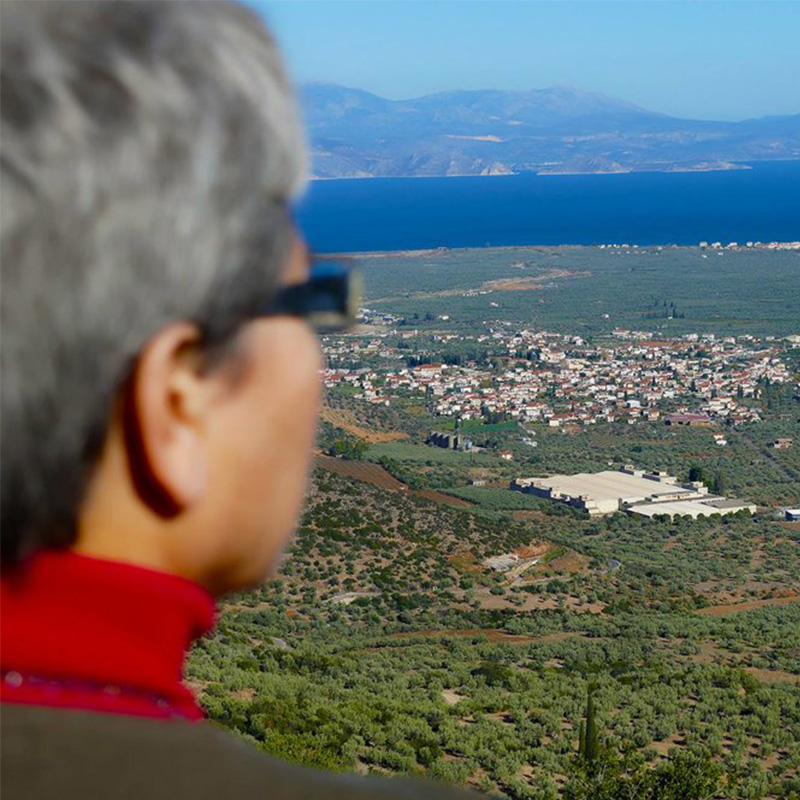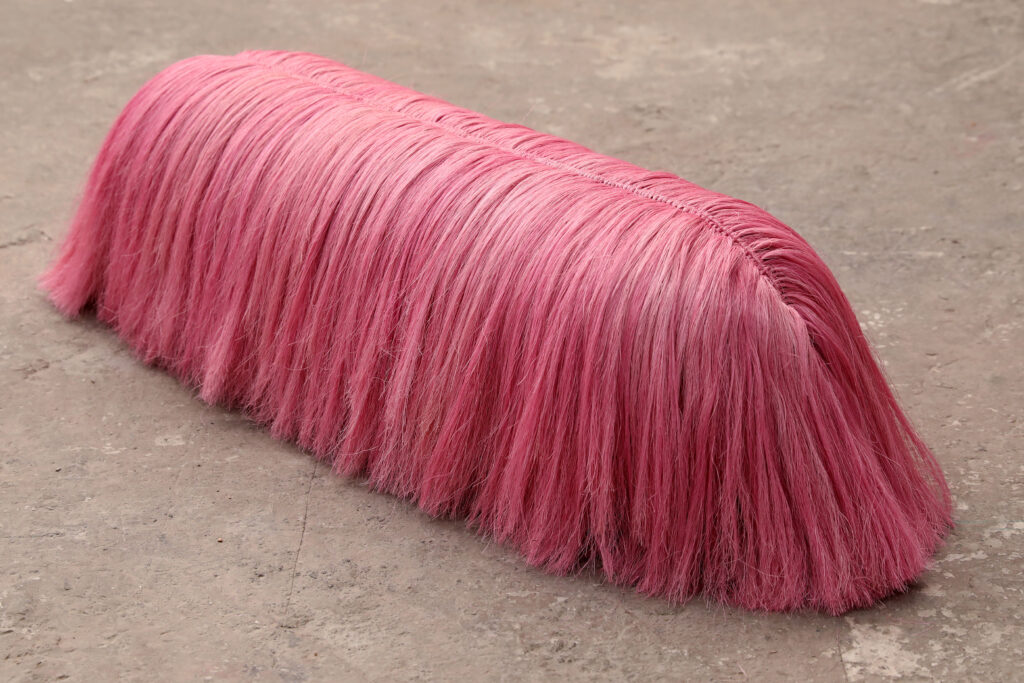
Parables From the Soil: Regenerative Futures with Fernando Laposse.
Merging indigenous craft with contemporary design to heal the fragile landscapes of rural Mexico.
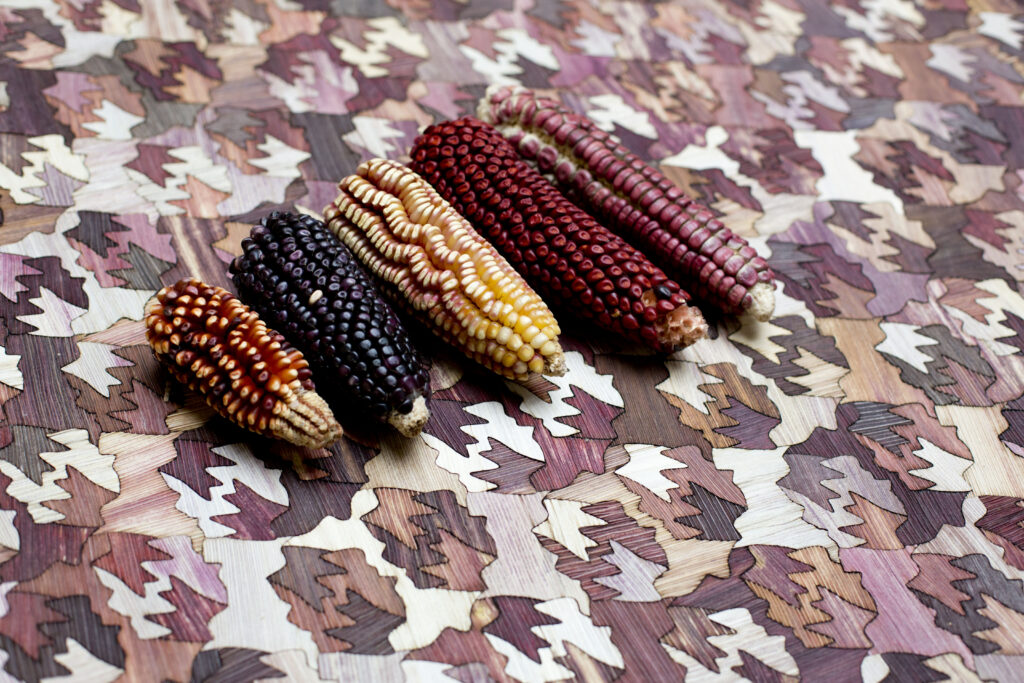
Laposse has said, “To get to the root of the material, you have to get to the soil”. [t. - 1] When it comes to biotechnology—an expansive field with applications spanning agriculture, pharmaceuticals, chemicals, and advanced materials—his approach is particularly instructive. It reminds us that innovation is never purely technical, but is shaped by the ecological, cultural, and economic systems in which it operates. His work challenges us to co-develop these systems in tandem with any new intervention, pointing toward a more aspirational approach to biotechnology—one grounded in interdependence, situated knowledge, and regenerative possibility.
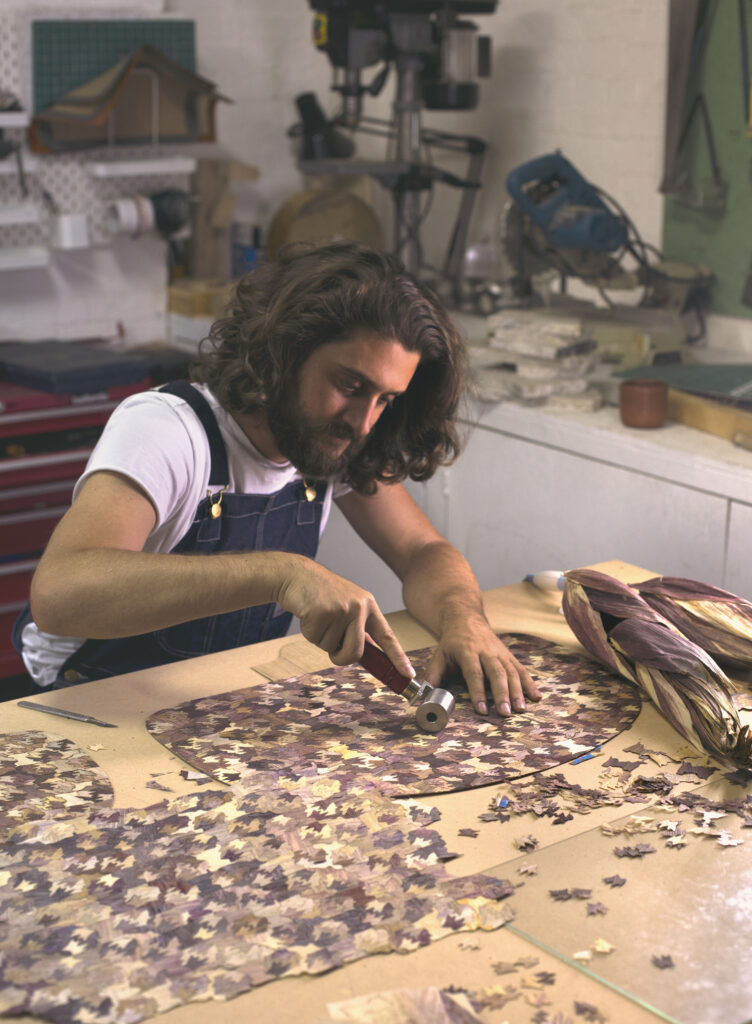
TENDING TO THE ROOTS
Laposse is best known for Totomoxtle—a striking veneer material made from the husks of heirloom corn varieties, once pushed to the edge of extinction by industrial monocultures. With colours ranging from deep purples to soft creams, each husk is peeled by hand, pressed flat, and applied to a backing of paper pulp or textile before being cut and pieced together into intricate marquetry for furniture and interiors. At first glance, Totomoxtle draws you in with its beauty. But beneath the surface lies a deeper motivation—one that speaks to the ecological and cultural urgency of protecting native corn and the communities who grow it.
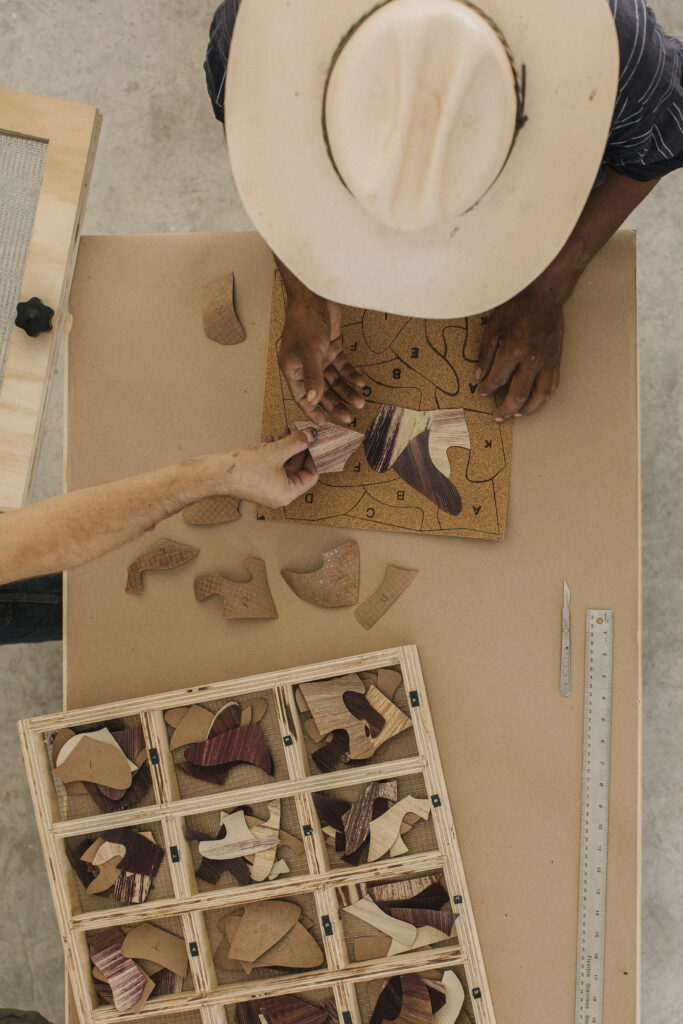

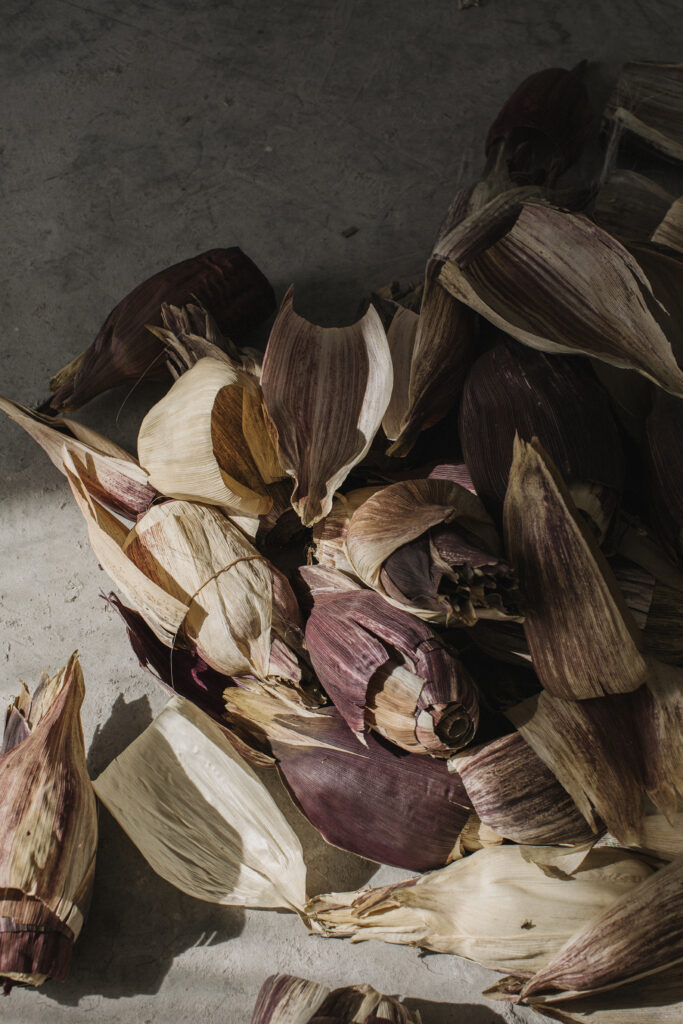
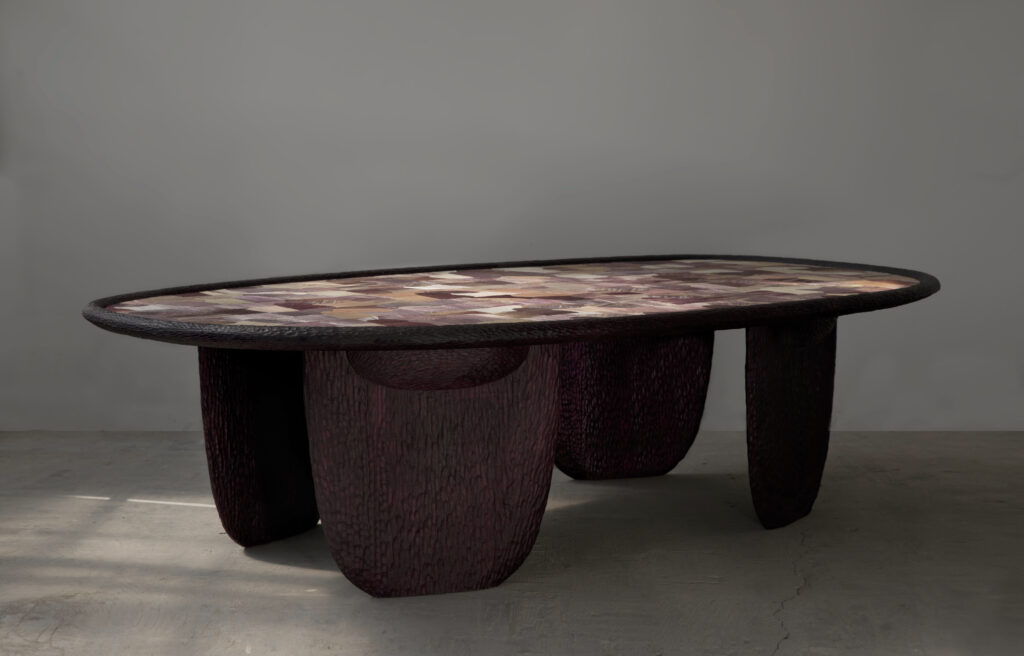
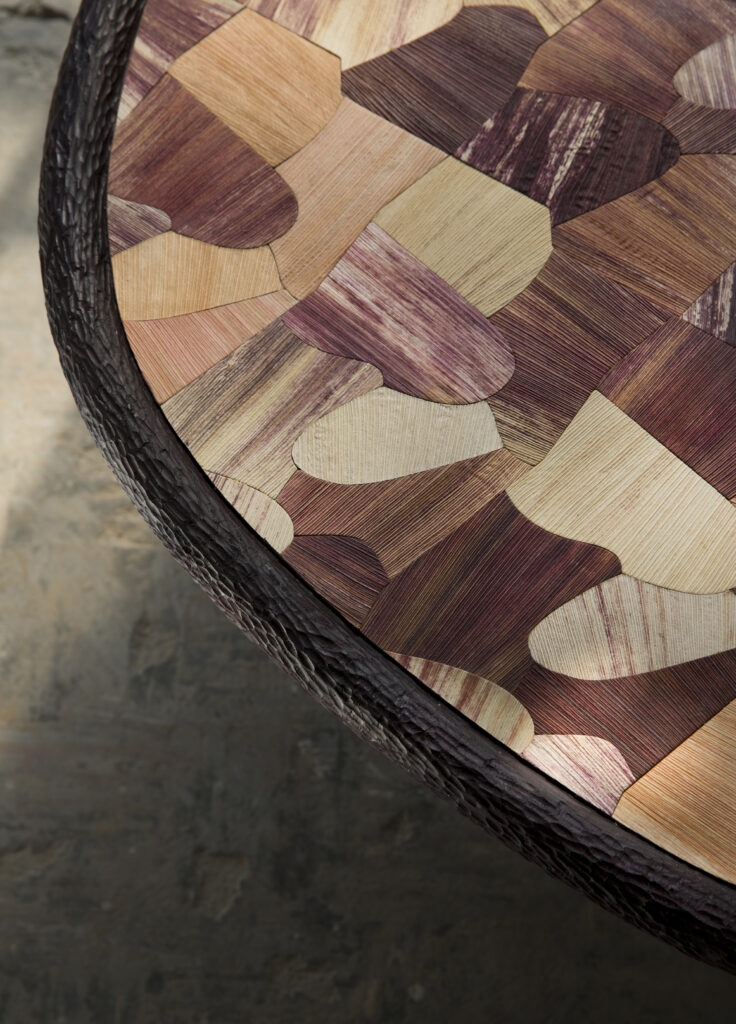
The material was born out of Laposse’s sustained partnership with the Mixtec community of Tonahuixtla, a small village in southwest Mexico. Together, and with support from global seed banks, they reintroduced eight native corn varieties—reviving biodiversity, enriching depleted soil, and creating new economic opportunities by making use of the husks alongside the edible crop. Unlike industrial maize systems that favour yield over diversity, Totomoxtle champions food security, biodiversity, and the continuity of Mexico’s rich agricultural heritage.
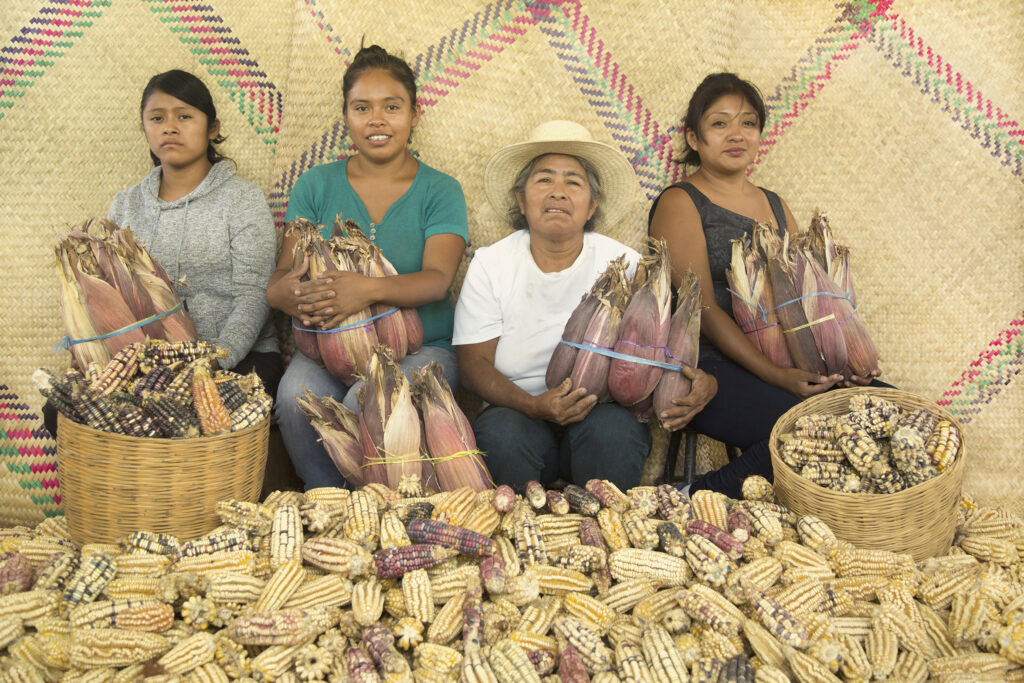
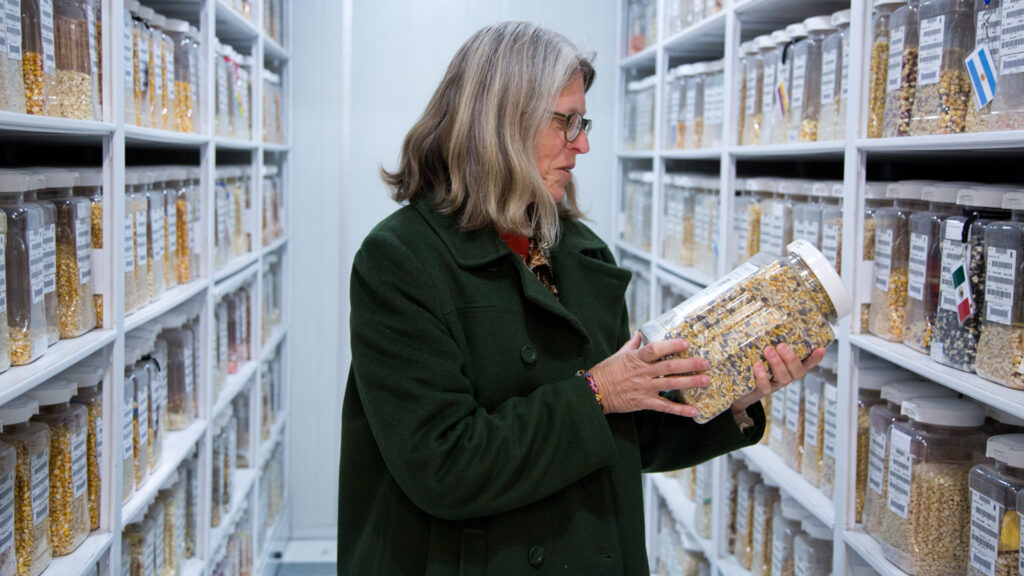
Restoring Land and Craft:
In Tonahuixtla, native agave plants are reshaping degraded landscapes. Planted along trenches, these hardy succulents slow water flow, retain topsoil, and encourage new growth—restoring ecosystems while producing Sisal, a valuable natural fibre.
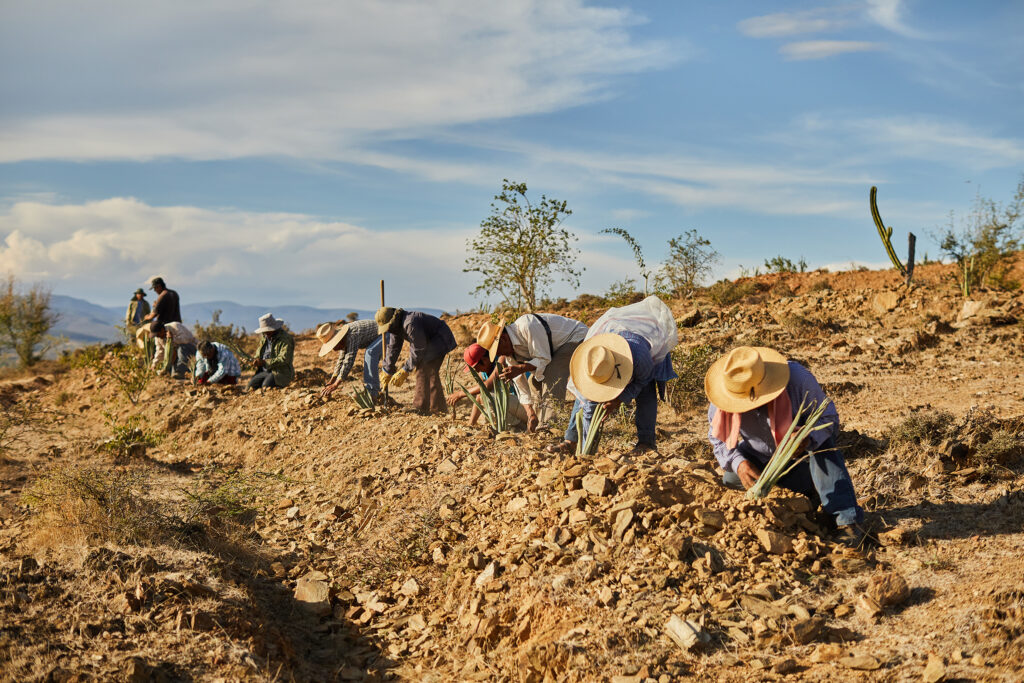
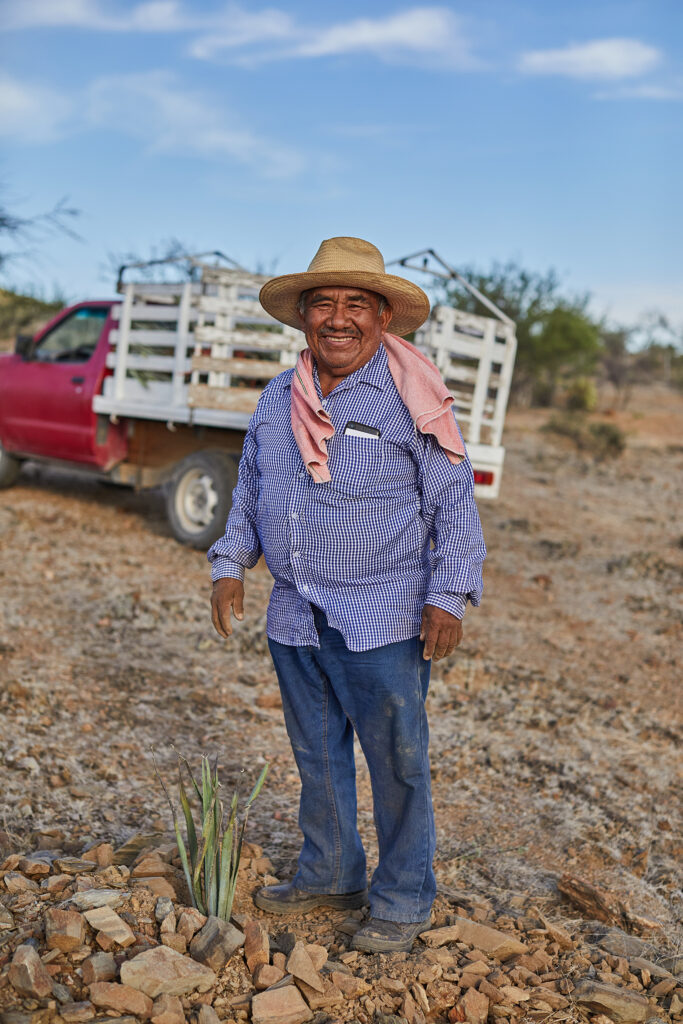
Raw Potential:
Working with agave in its raw state, Laposse avoids intensive processing by trimming rather than extracting the plant. Sisal fibres are scraped directly from the leaves and then hand-knotted using a technique developed with local artisans, reviving a rural craft tradition through sculptural design while allowing the agave to keep thriving in the soil.
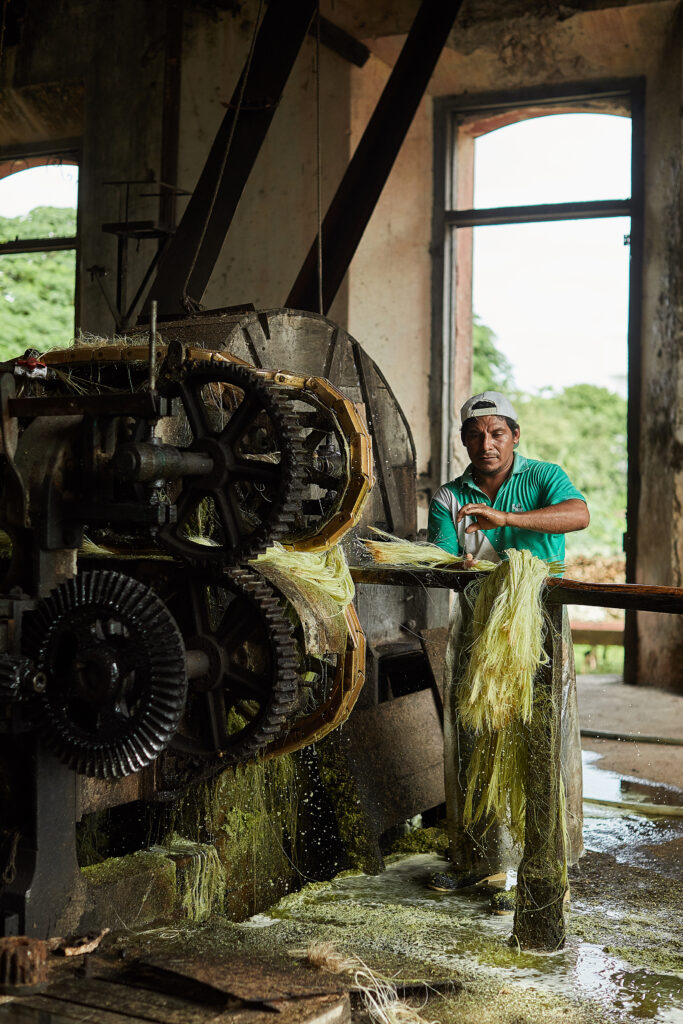
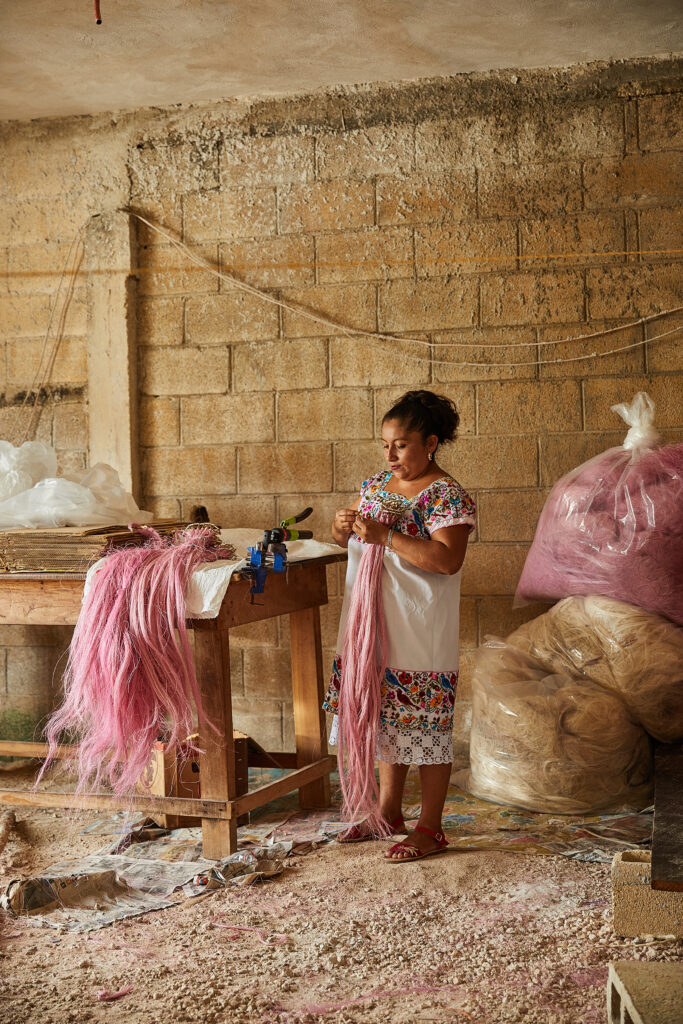
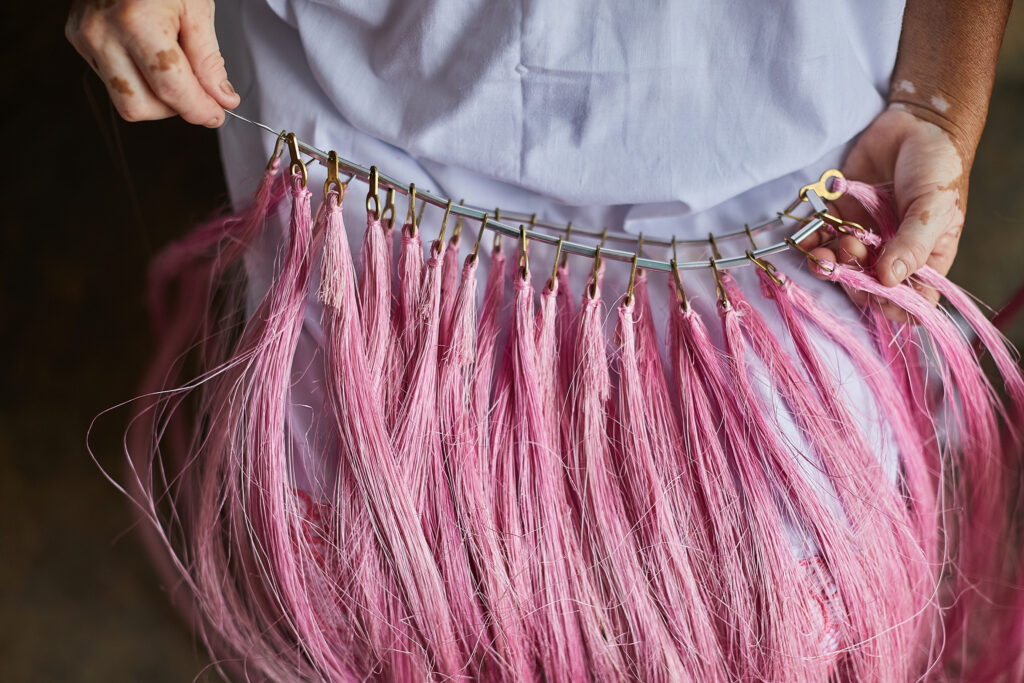
Material is Message:
For Laposse, working with underused natural fibres is a political act—each strand telling stories of biodiversity loss, migration, and extractive economies. His process begins in conversation with farmers, artisans, and elders, grounding design in indigenous knowledge while navigating his role as a non-indigenous collaborator.
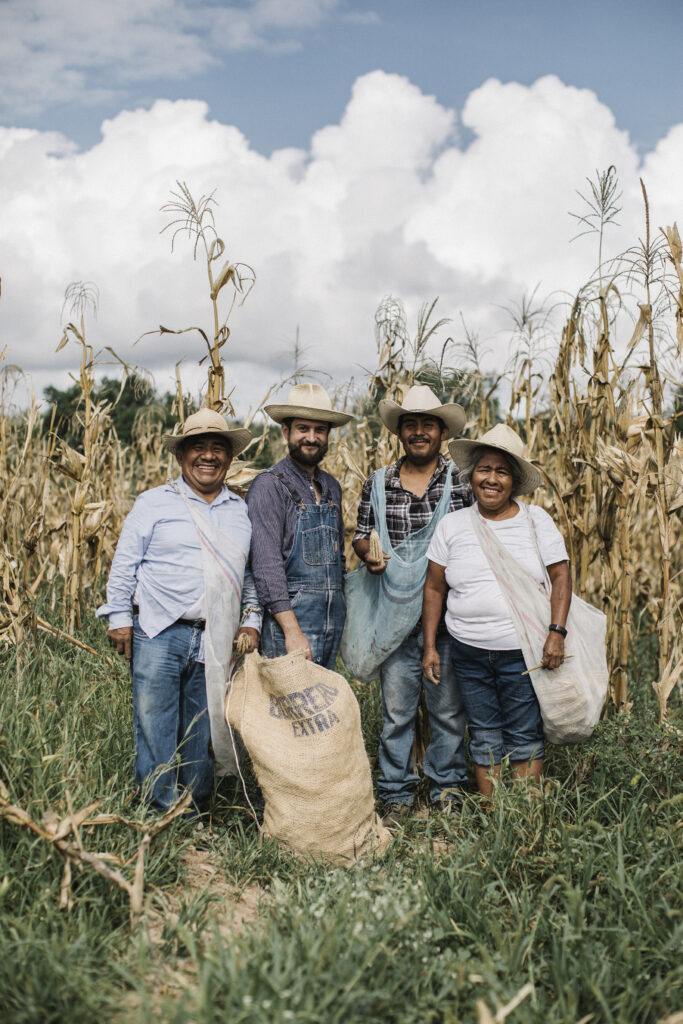
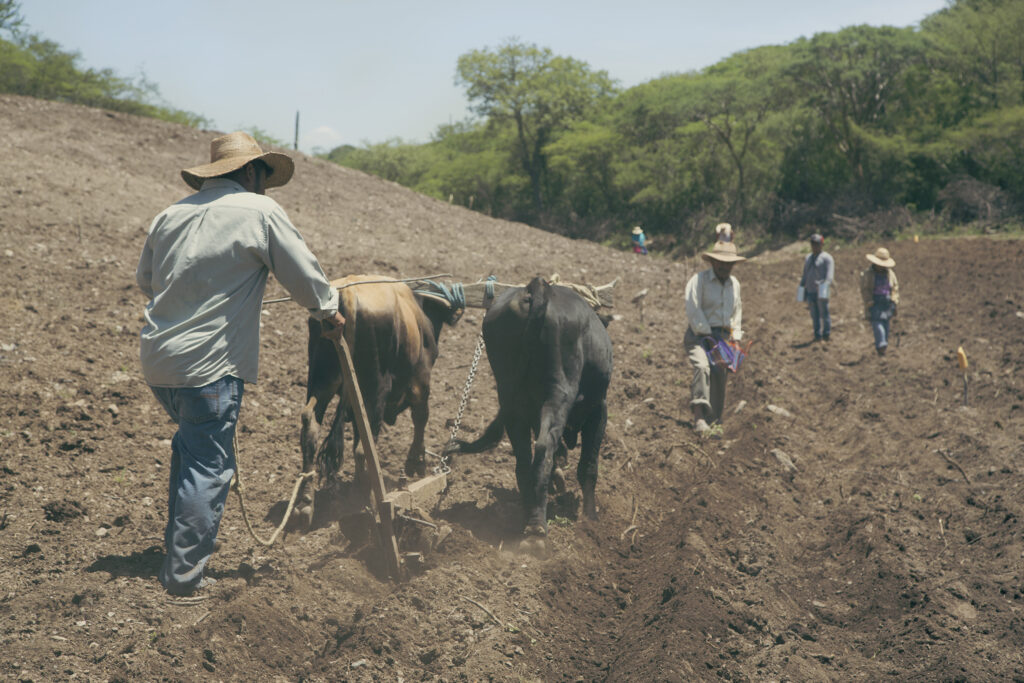
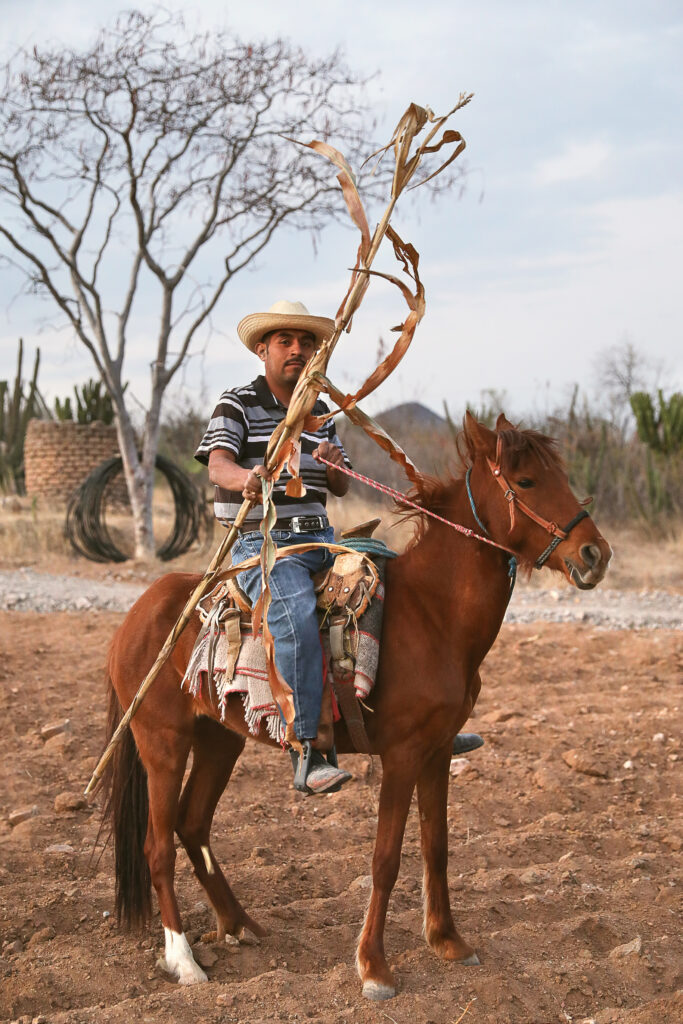
Waste is Resistance:
In Michoacán, Laposse met environmentalist Homero Gómez González, who campaigned to protect Monarch butterflies threatened by deforestation from industrial avocado farming. Once a native fruit, the avocado has become a $3b commodity—its boom fuelling forest loss and ecological imbalance. Using avocado skins, seeds, and marigold dye, together with regional makers, Laposse created sculptural furniture pieces and a 40-metre tapestry that honour local activism. Crafted with handmade tools and looms, the work transforms agricultural waste into intricate forms—bearing witness to environmental loss and the resilience of those fighting it.
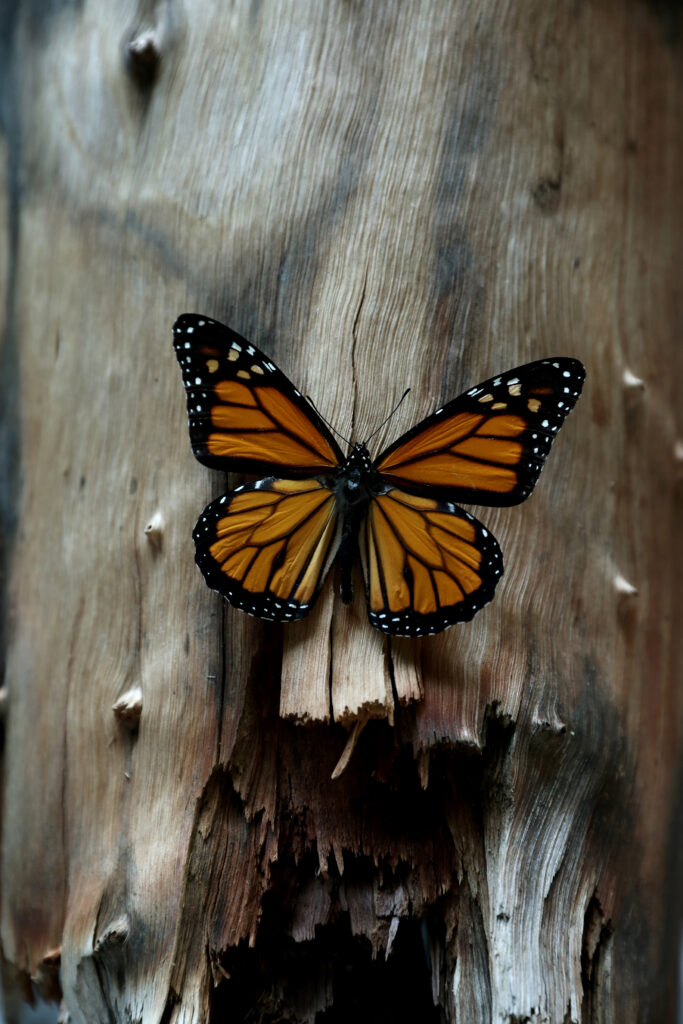
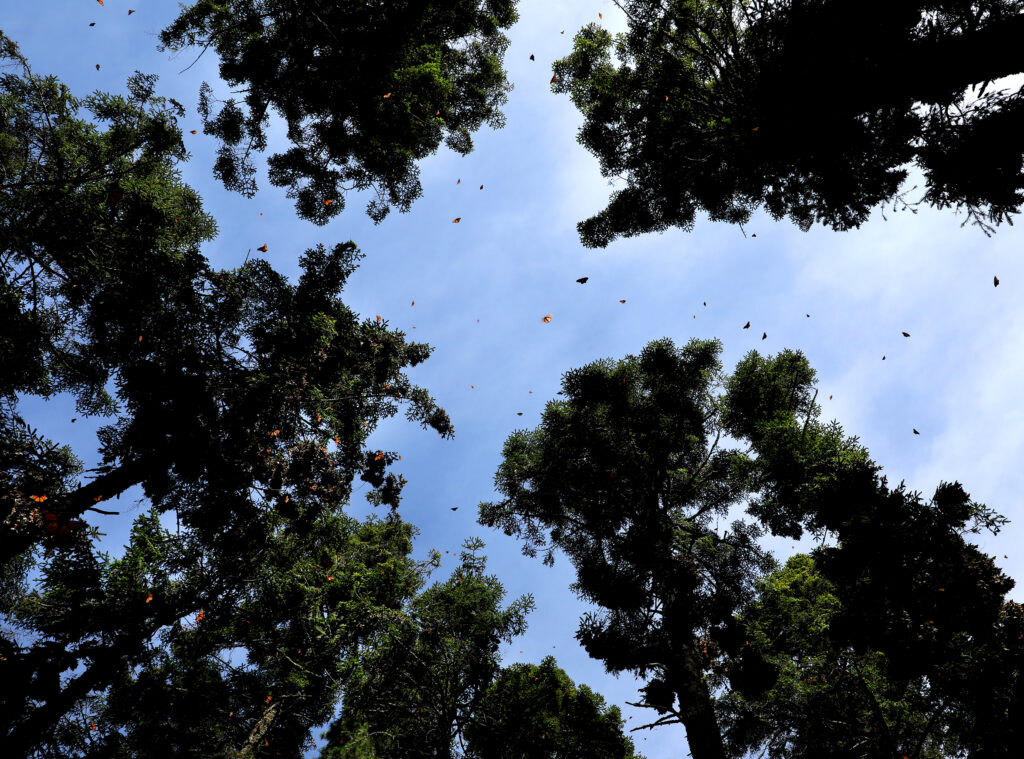

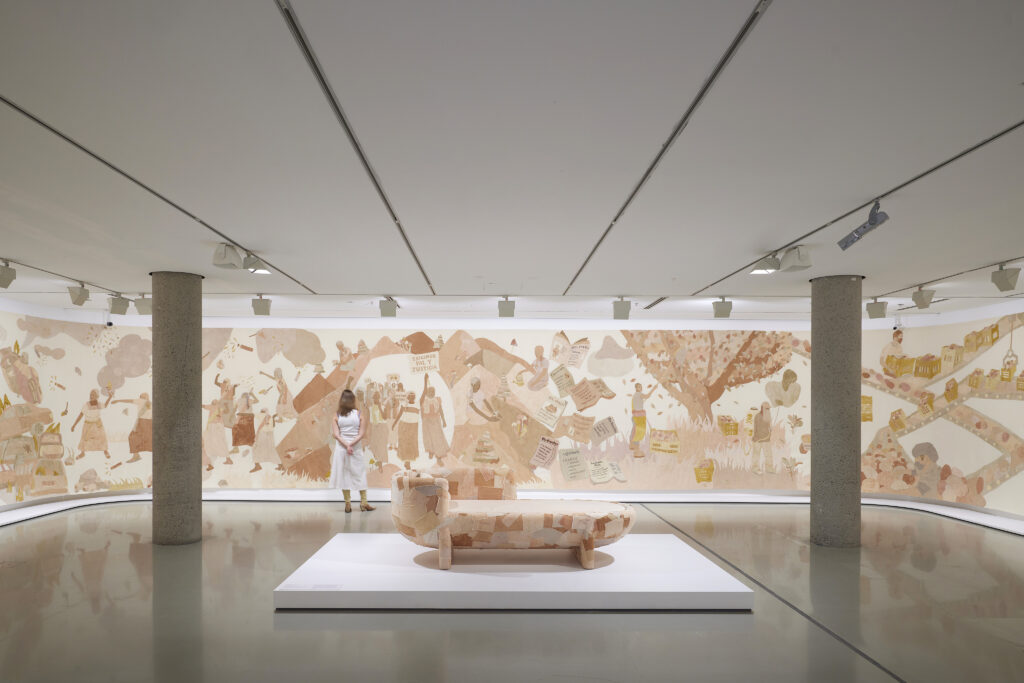
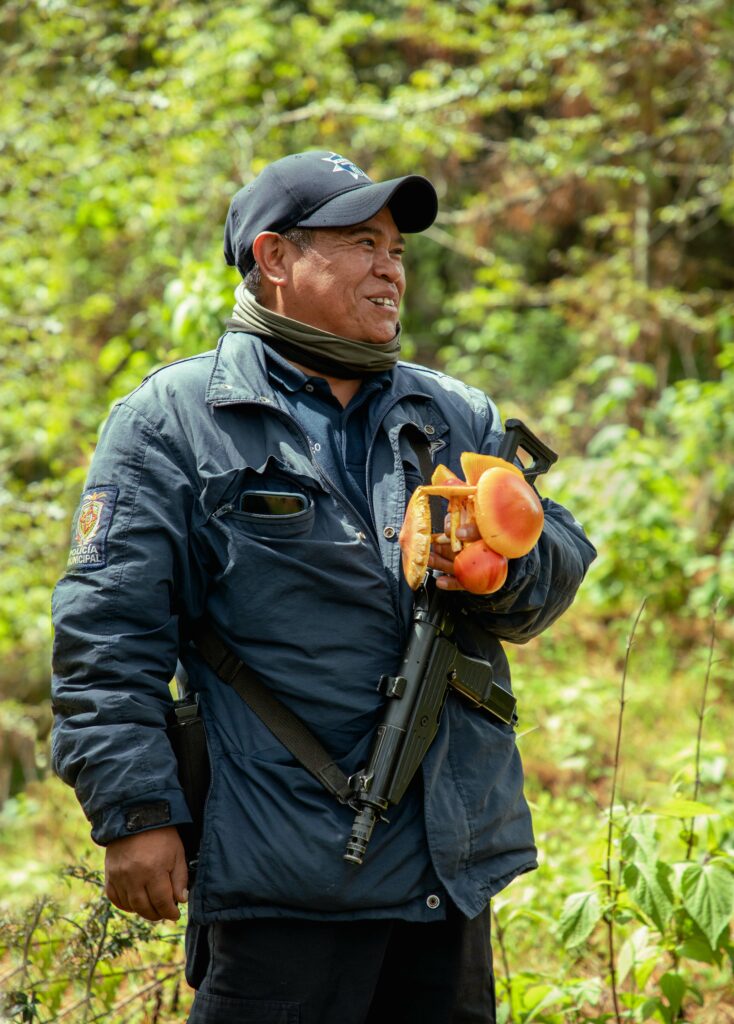
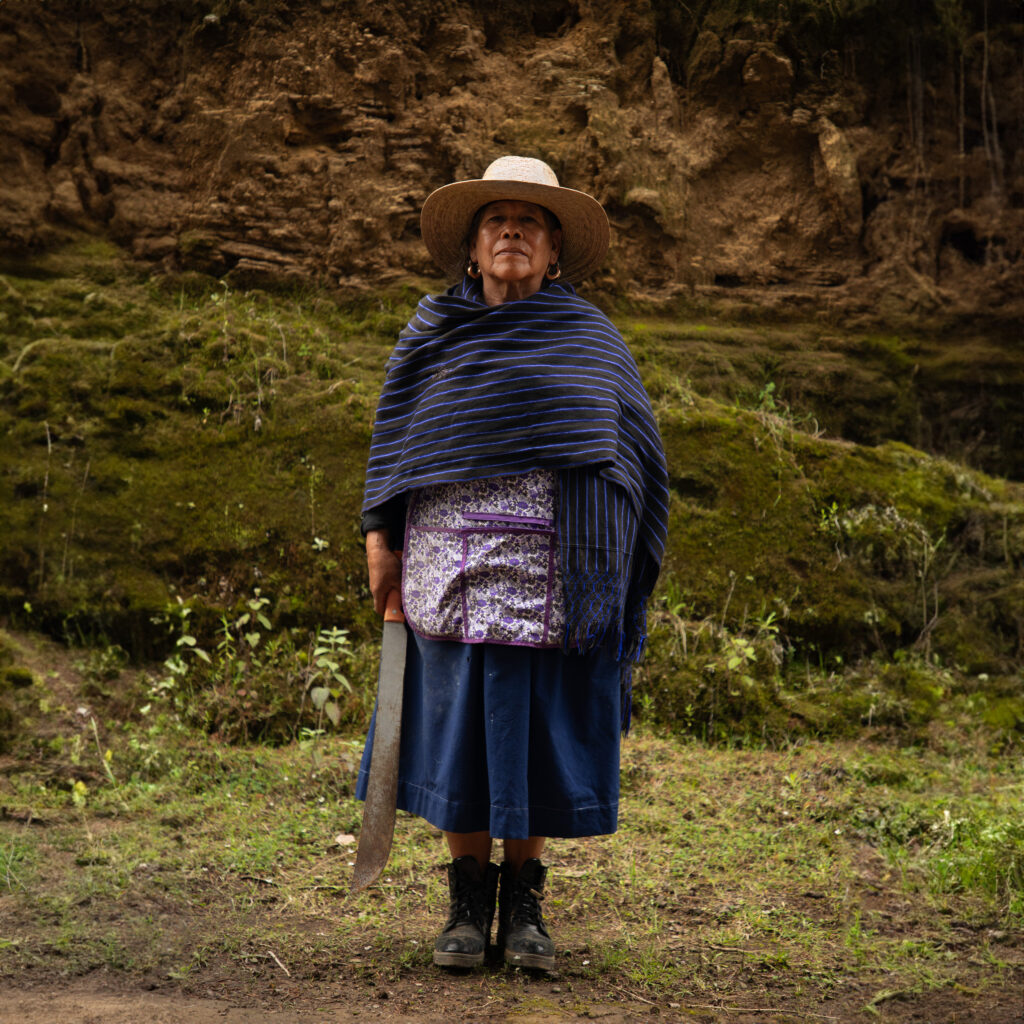

The Purpose of Play:
Laposse uses bold colours, unusual textures, and organic forms to draw people in—inviting curiosity while opening space for deeper conversations about material culture, ecology, and untold local histories.
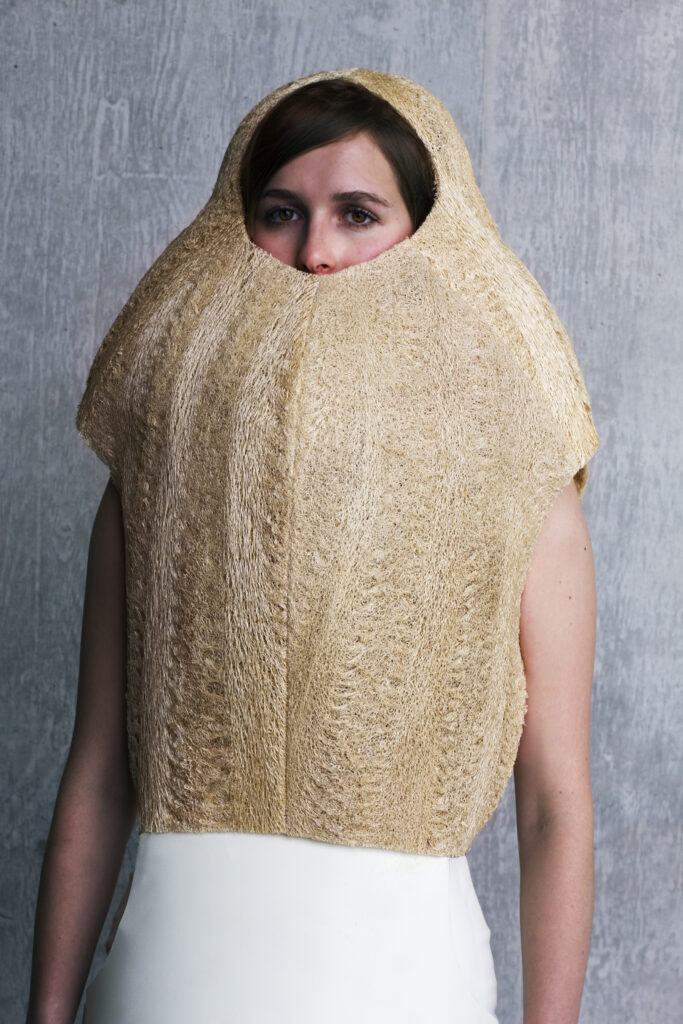
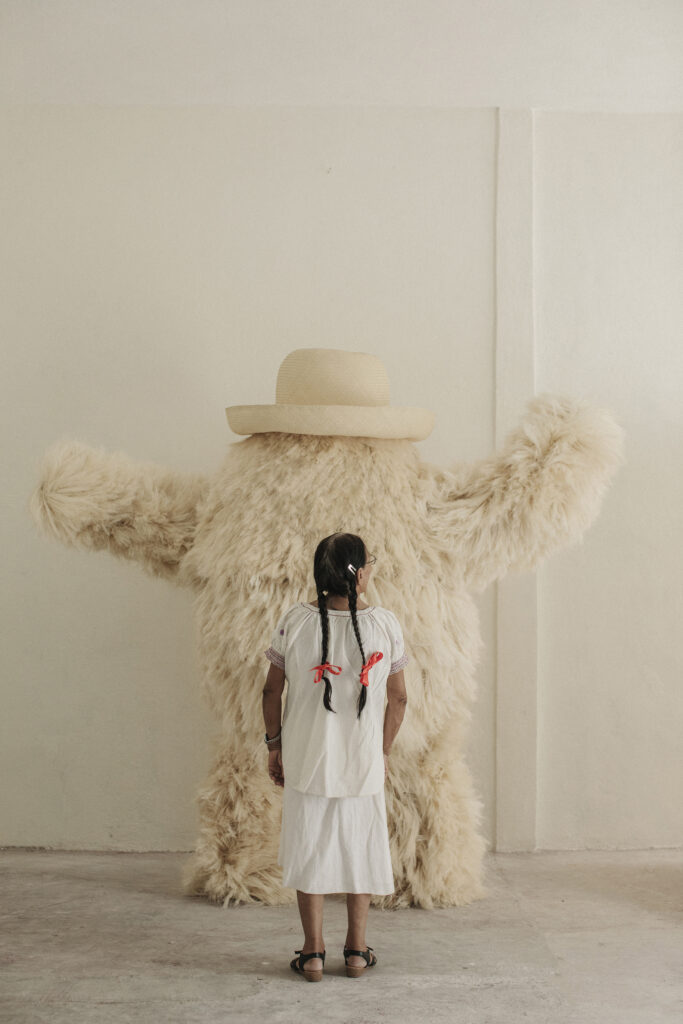
SOWING WORLDS OF RECIPROCITY
The core truth that Laposse’s practice affirms is that what is often framed as an environmental crisis is equally a human one, affecting both the most vulnerable species and communities caught in the web of state-imposed borders, legal frameworks, and global trade infrastructures. This ethos of restoring the justice of long-lost connection between people and nature is mirrored in Fernando’s enduring partnerships, where the success of a project is measured not by immediate gain but by sustained regeneration of the natural environment and communities who inhabit it. For the past decade, he has worked in alignment with the rhythmic cycles of nature—the first major agave harvest, for example, came only after seven years. Whether reintroducing native crops, reviving fading crafts, or creating new economic opportunities for marginalised cultures, Laposse demonstrates how thoughtful design can seed profound and lasting change—even if its buds will bloom only for generations to come.
At the heart of Fernando’s work are vital insights for the future of regenerative, biotech-enabled material systems. He is unambiguous in his approach: Innovation can’t be detached from the places, cultures, and ecologies it touches. His work challenges the idea of biotech as purely technical, reframing it as something fundamentally relational—shaped by how we live, what we value, and how we care.
By rooting material innovation in local knowledge, circularity, and emotional connection, Laposse invites us to imagine a different kind of bioeconomy—one that’s not extractive but restorative; one where biotechnology doesn’t overwrite systems of care and reciprocity but deepens them. In doing so, he reminds us that the most radical futures might begin with what we choose to care for and how.

